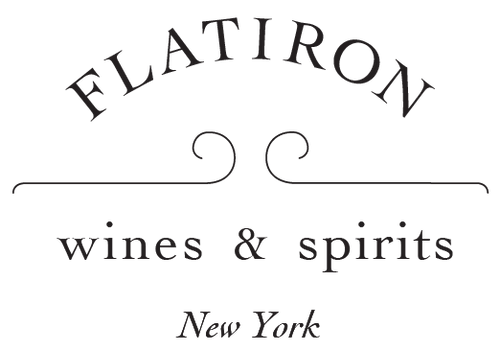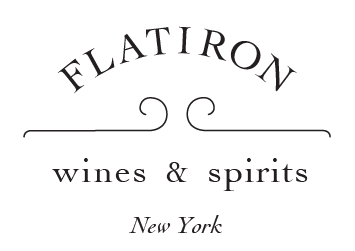My Rioja Adventure

Last month, for the first time ever, I traveled to Spain by crossing the land border from France. Right away, things seem different. The language on the signs is different, of course, but so are the kinds of trees, the colors of the roofs, and even the speed limit.
But the real change occurs when you emerge from the green, lush hills of Basque country and descend into what looks – to a New Yorker at least – like a desert. You have arrived in Rioja, and it’s not really a desert but instead the most famous wine region of Spain.
I was not in Rioja for the wine, however. My son plays soccer, and he was playing soccer there with a local club, along with a few other American kids. Nonetheless, this was a week in Rioja, and I was going to drink some wine.
Most of the wine-drinking was in our home base, Logrońo, the small capital of the region not really known for much at all except for Calle Laurel, which may be the best area in all of Spain for tapas (actually they're called pintxos in these parts). I’ve gone pinxtxo-crawling there before – maybe 15 years ago – and not much about Calle Laurel had changed. It was still the case that you could go from bar to bar sampling the “especialidad” of each bar, together with a glass of wine.
When I first came, the wines were all stored in ice buckets (regardless of color, and the wines were usually red), but now most of the places have upgraded to wine fridges – the wines are still quite cool, but not as cold as before. On my first visit, everybody just drank jovenes, unoaked Rioja from the most recent vintage, which is surely the best bar wine you will find anywhere. Nowadays, the bars have plenty of fancier options available, including under coravin, but most of the locals continued to drink joven, and so did I.
For more serious wine drinking, we headed to a bodega. The other soccer parents were naturally interested in seeing the surrounding wine country. We had time for exactly one visit, so I picked my very favorite: Bodegas Hermanos Pecińas. To me, no other producer quite achieves Peciña’s optimal combination of great farming from great terroir, respect for Riojan traditions in the winery (e.g., no French oak), a practice of holding back wines until they are ready to drink, and just an all-around attention to detail that results in exquisite wines.
The visit did not disappoint. It was a beautiful sunny day and we sat outside enjoying the Bodega’s legendary tortilla while tasting wines, including all their recent releases and several gems from their extensive library. Today, I’ll just mention two highlights, because I happen to be able to offer them both to you.
The first was the winery’s own version of joven – my favorite bar wine. It was delightful: exactly the kind of perfectly fresh, fruity, drinkable wine that seems to cost only about half what it should. Drink it chilled, of course, and not just with Spanish food – these seem to pair well with anything.
The other highlight, no surprise, was the Gran Reserva – a magnificent wine that is just hitting its stride with more than 10 years of age. This, to me, is perfect Rioja for this level: full-bodied, complex, redolent of local personality, and just the right balance between La Rioja-like purity and Lopez-like soulfulness. It's a truly great wine, and wildly underpriced compared to similar-level Bordeaux or Barolo.
I’m sorry you could not share my whole adventure with me, but I’m pleased to be able to offer at least a piece of it today:
Bodegas Hermanos de Pecina, Rioja Cosecha Tinto, 2022 $15.99
Bodegas Hermanos de Pecina, Rioja Gran Reserva, 2011 $52.99
Thank you,
Jeff Patten
|
This story was originally featured in our newsletter, where it was offered at a special subscribers-only discount. Subscribers get special offers, the first look at new discoveries, invites to events, and stories about wines and the artisans that make them. |

